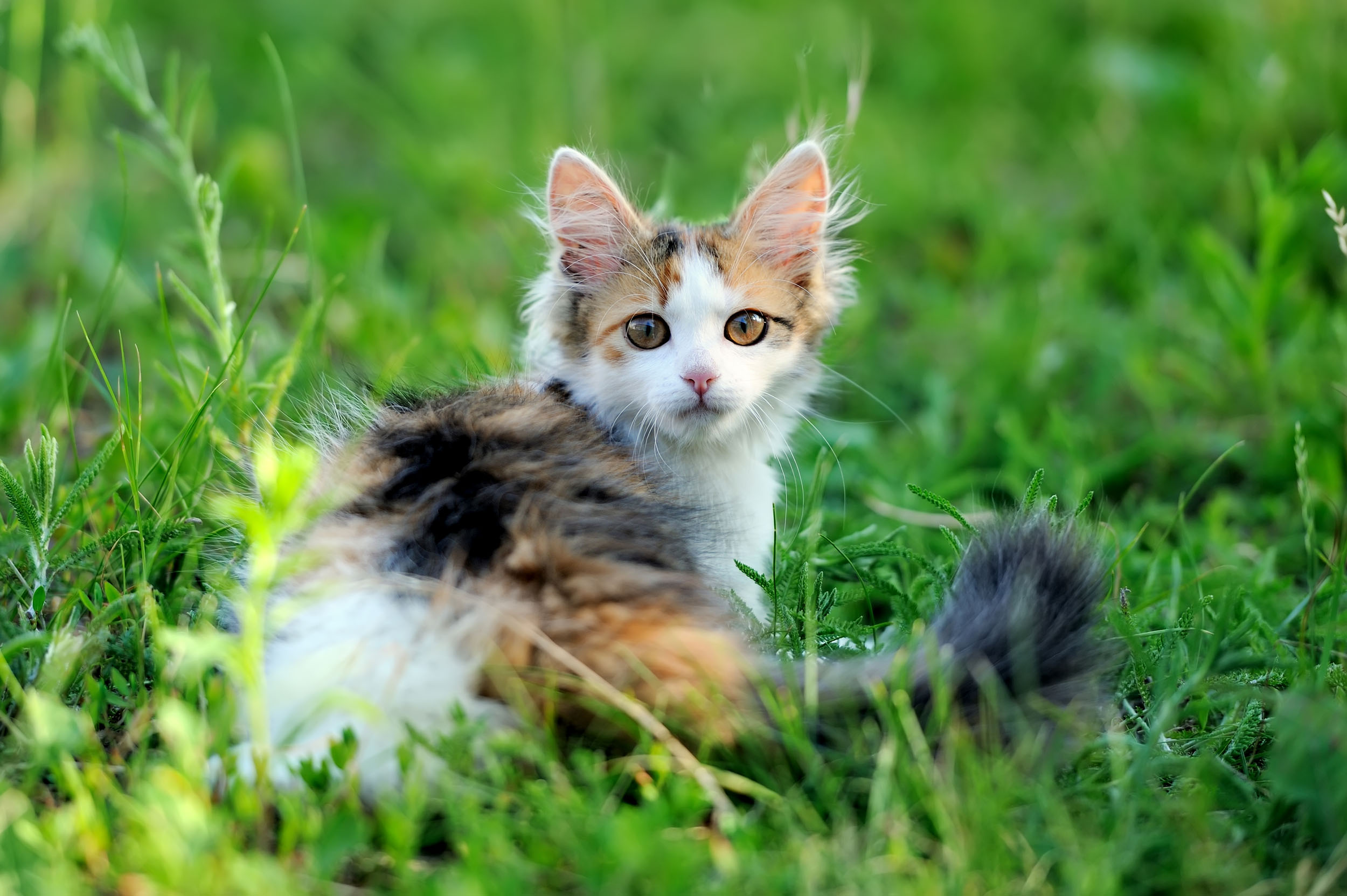Ringworm is a very common form of skin disease that is found in both dogs and cats. Although its name makes you think otherwise, this skin disease isn’t caused by any type of worm. It’s actually caused by fungi known as Dermatophytes that feed on dead tissues found on the surface of the skin, spreading them around the skin of the animal.
With cats, there is a certain type of fungi known as M Canis that is found in nearly 95% of all ringworm cases. Normally, cats will get the ringworm disease from contaminated objects like bedding, clippers, or another animal that already has the disease. If there are animals in your home or around your house that have ringworm disease, your cat could very easily contract it this way.
If you have kittens or cats that are under a year old in your home, you should always use precautions, as they are more susceptible to ringworm. Kittens can easily contract the disease, especially if you allow them to go outside. They can easily come in contact with a contaminated object or another cat that has the disease. Kittens take a long time to build up their immune system, and in the meantime, they are more apt to get common diseases such as ringworm.
The most common symptoms of ringworm in cats are rough or broken hairs or hair loss around the head or the paws. Ringworm can easily be identified by a patch of scaly skin on the body that appears itchy and inflamed. There will also be broken hairs around the patch of scaly skin. This area is very sensitive, and you should never try to touch it, as it will hurt your cat.
If you notice any of the above symptoms with your pet, you should immediately schedule an appointment with your vet. If the vet diagnoses your cat with ringworm, he may prescribe ointment or tablets. What he describes, however, will determine how serious the ringworm is. If he prescribes tablets to your cat, you should give them with meals. Ointment, on the other hand, is normally spread topically into the coat. You should always use what your vet prescribes on a daily basis to ensure that your cat heals. The healing process will take time, normally around six weeks or more.
Cats that have ringworm should be labeled as infectious. If you have children in the house, you should keep them away from your pet. Whenever you handle your cat, you should always use gloves. Ringworms are contagious, and you should always use caution. Even though it’s a mild disease, ringworm can result in serious problems due to the slow recovery time and the fact that it’s contagious.
Sometimes, ringworm in cats can be hard to detect as symptoms may be very mild. If your cat displays symptoms, it’s likely to include the following:
- Ring-like lesions on your cat’s skin
- Scaly texture or dandruff in your cat’s coat
- Circular, thickened patches of skin with hair loss
- Sore, red, and crusty patches
It’s worth noting that signs can vary depending on your pet, and the above signs can also be symptoms of other cat skin conditions. You’ll need to take them to a vet to guarantee an accurate diagnosis.
Ringworm is a common skin disease found in both dogs and cats, caused by fungi known as Dermatophytes. Cats, especially kittens, are more susceptible to ringworm due to their underdeveloped immune systems. Symptoms of ringworm in cats include rough or broken hairs, hair loss, scaly and itchy patches on the skin. If you notice these symptoms, it is important to schedule an appointment with your vet for a proper diagnosis. Treatment options may include ointments or tablets; the healing process can take around six weeks or more.
Taking precautions when handling a cat with ringworm is crucial, as it is a contagious disease. It is essential to keep children away from the infected cat and use gloves when handling them. While ringworm is a mild disease, it can lead to serious problems due to its slow recovery time and contagious nature. If you suspect your cat has ringworm, it is best to consult with a vet for an accurate diagnosis and appropriate treatment.



